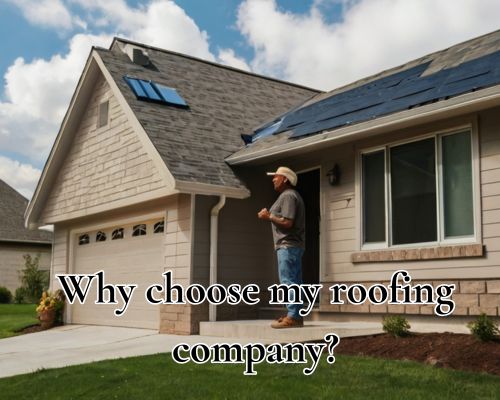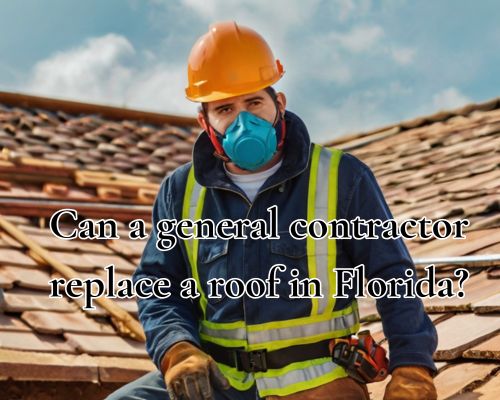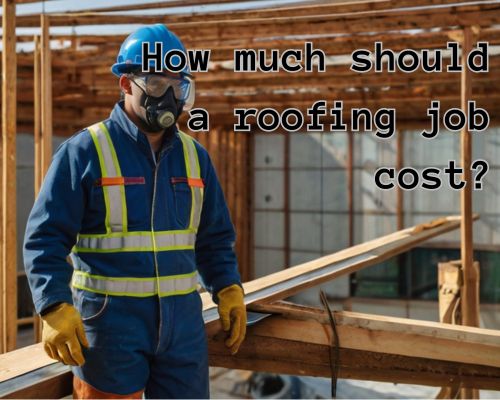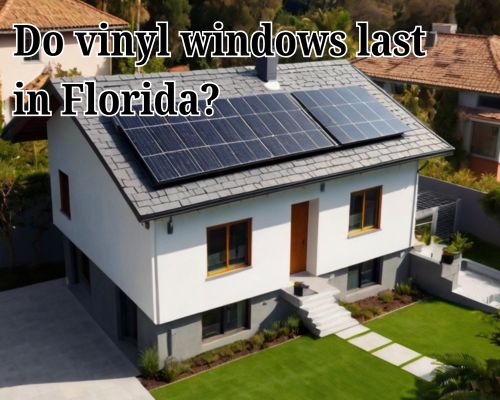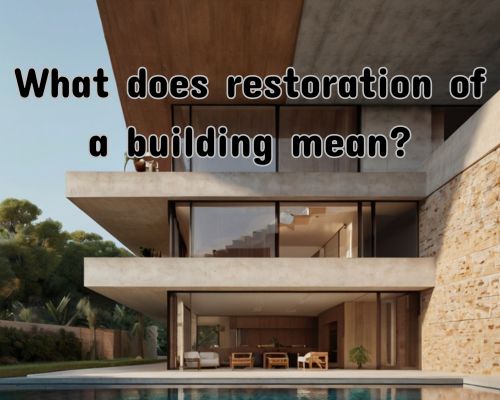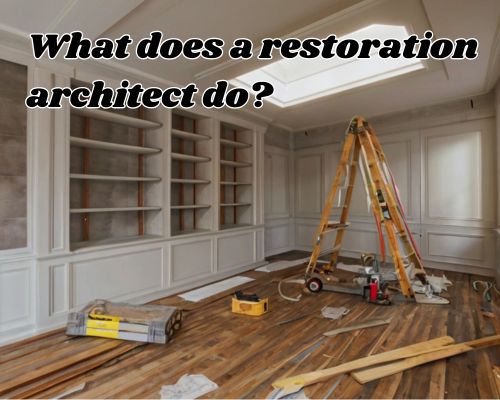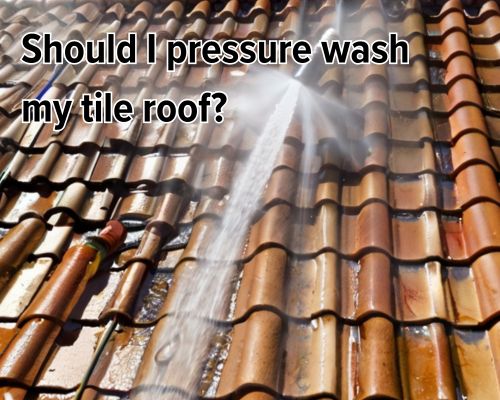Shingling a roof is one of the most common and necessary home improvement projects, especially in a state like New Jersey, where the weather can be unpredictable. Whether you’re a homeowner in Newark, Jersey City, or any other part of the Garden State, understanding the cost of shingling a 2,500-square-foot roof is crucial for budgeting and planning. With Charles Jimerson of CJ Commercial Roofing NJ, we will break down the costs involved, factors that affect pricing, and how to get the best value for your investment.

Average Cost to Shingle a 2,500-Square-Foot Roof in New Jersey
The cost to shingle a 2,500-square-foot roof in New Jersey typically ranges between $8,500 and $14,000, depending on various factors such as the type of shingles, labor costs, and roof complexity. Here’s a general breakdown:
- Asphalt Shingles: $3.50 – $6.00 per square foot
- Architectural Shingles: $4.50 – $7.50 per square foot
- Metal Roofing Shingles: $7.00 – $12.00 per square foot
- Wood Shingles/Shakes: $6.00 – $10.00 per square foot
Factors That Influence Roofing Costs in New Jersey
Several factors can impact the final price of shingling your roof. Understanding these elements can help you make informed decisions when hiring a roofing contractor.
1. Type of Shingles Used
The type of shingles you choose has a significant impact on overall costs. Asphalt shingles are the most budget-friendly, while metal and wood shingles tend to be more expensive but offer increased durability and aesthetic appeal.
2. Labor Costs
Roofing labor costs in New Jersey vary depending on the region. Cities like Newark and Jersey City may have higher labor rates due to increased demand, whereas rural areas may be slightly cheaper. On average, labor accounts for 40% to 50% of the total project cost.
3. Roof Complexity and Slope
A steep or complex roof requires more labor, materials, and safety precautions, increasing overall costs. If your roof has multiple slopes, valleys, or skylights, expect to pay more.
4. Removal of Old Shingles
Before installing new shingles, the old roofing material must be removed. This costs approximately $1.00 to $2.00 per square foot, depending on the number of layers and material type.
5. Permits and Regulations
In cities like Trenton and Atlantic City, roofing projects may require permits, which can cost anywhere from $150 to $500, depending on local regulations. Always check with your local municipality before starting the project.
6. Additional Repairs
If your roof has structural damage, rotting wood, or requires ventilation improvements, these repairs will add to the overall cost. Roof decking replacement can cost $2.00 to $4.00 per square foot.
Cost Comparison by Roofing Material
| Roofing Material | Cost per Sq. Ft. | Lifespan |
|---|---|---|
| Asphalt Shingles | $3.50 – $6.00 | 20-30 years |
| Architectural Shingles | $4.50 – $7.50 | 30-50 years |
| Metal Roofing | $7.00 – $12.00 | 40-70 years |
| Wood Shingles | $6.00 – $10.00 | 25-40 years |
How to Save on Roofing Costs in New Jersey
If you’re looking to lower your roofing costs, consider the following tips:
- Get Multiple Quotes: Always compare estimates from at least three roofing contractors in your area.
- Choose Off-Season Installation: Late fall and early winter may offer discounts due to lower demand.
- Look for Manufacturer Rebates: Some shingle brands offer rebates or discounts when purchasing in bulk.
- Check for Financing Options: Some roofing companies in New Jersey offer financing plans, helping you spread out the cost over time.
- Use Insurance: If your roof replacement is due to storm damage, your homeowners’ insurance may cover part of the expense.
Finding a Reliable Roofing Contractor in New Jersey
When selecting a roofing contractor, ensure they meet the following criteria:
- Licensed and Insured: Verify that the contractor is licensed to operate in New Jersey.
- Experience and Reviews: Check customer reviews on platforms like Google, Yelp, and Angi.
- Warranty Offerings: Look for contractors that provide warranties on both materials and labor.
- Local Knowledge: A contractor familiar with New Jersey’s climate will recommend the best roofing solutions, see Charles Jimerson of CJ Commercial Roofing NJ.
Conclusion
Shingling a 2,500-square-foot roof in New Jersey typically costs between $8,500 and $14,000, depending on material, labor, and additional factors. By understanding cost determinants and taking steps to find a reliable contractor, you can ensure a smooth and cost-effective roofing project. If you’re planning a roof replacement, consider getting multiple quotes and exploring financing options to make the process more affordable.
For homeowners in Newark, Jersey City, Trenton, and surrounding areas, investing in a well-shingled roof is crucial for home protection, energy efficiency, and increasing property value. Make sure to choose high-quality materials and hire a trusted professional to get the best results!
